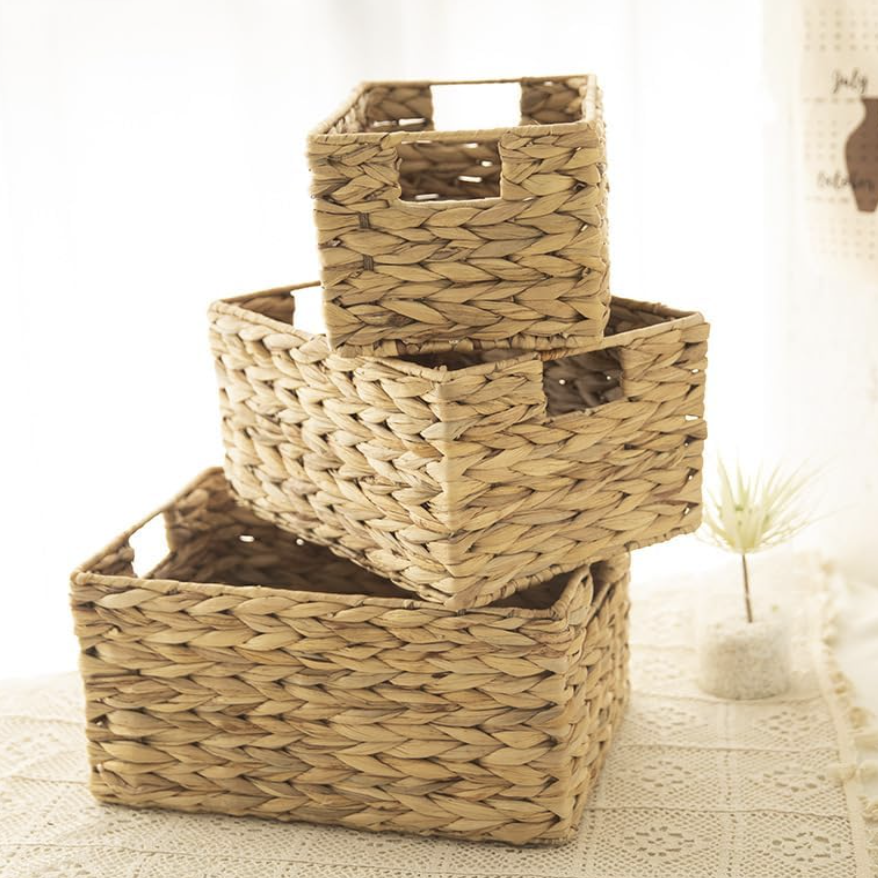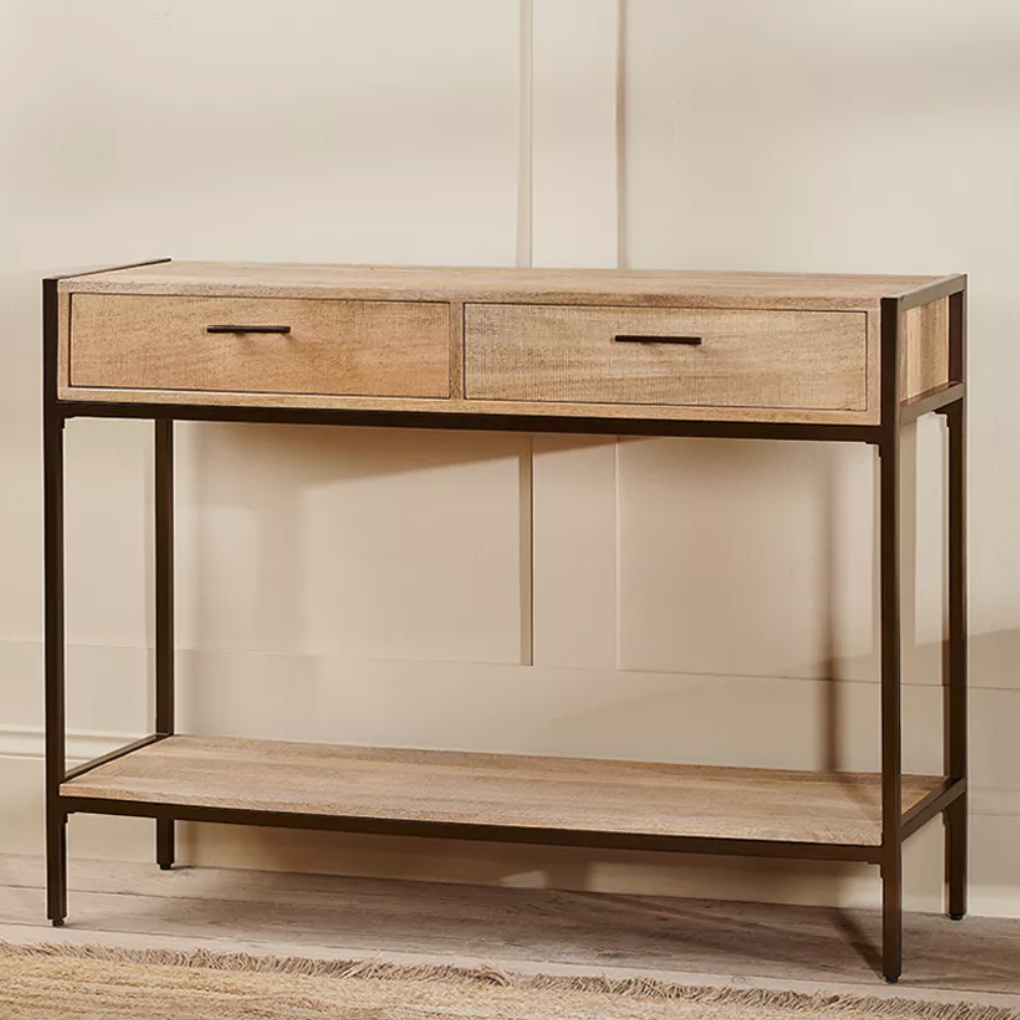How to create an entryway where there isn't one – without making the space feel smaller
No entryway? No problem, make an entrance in your living room with these space-savvy design tips from professionals
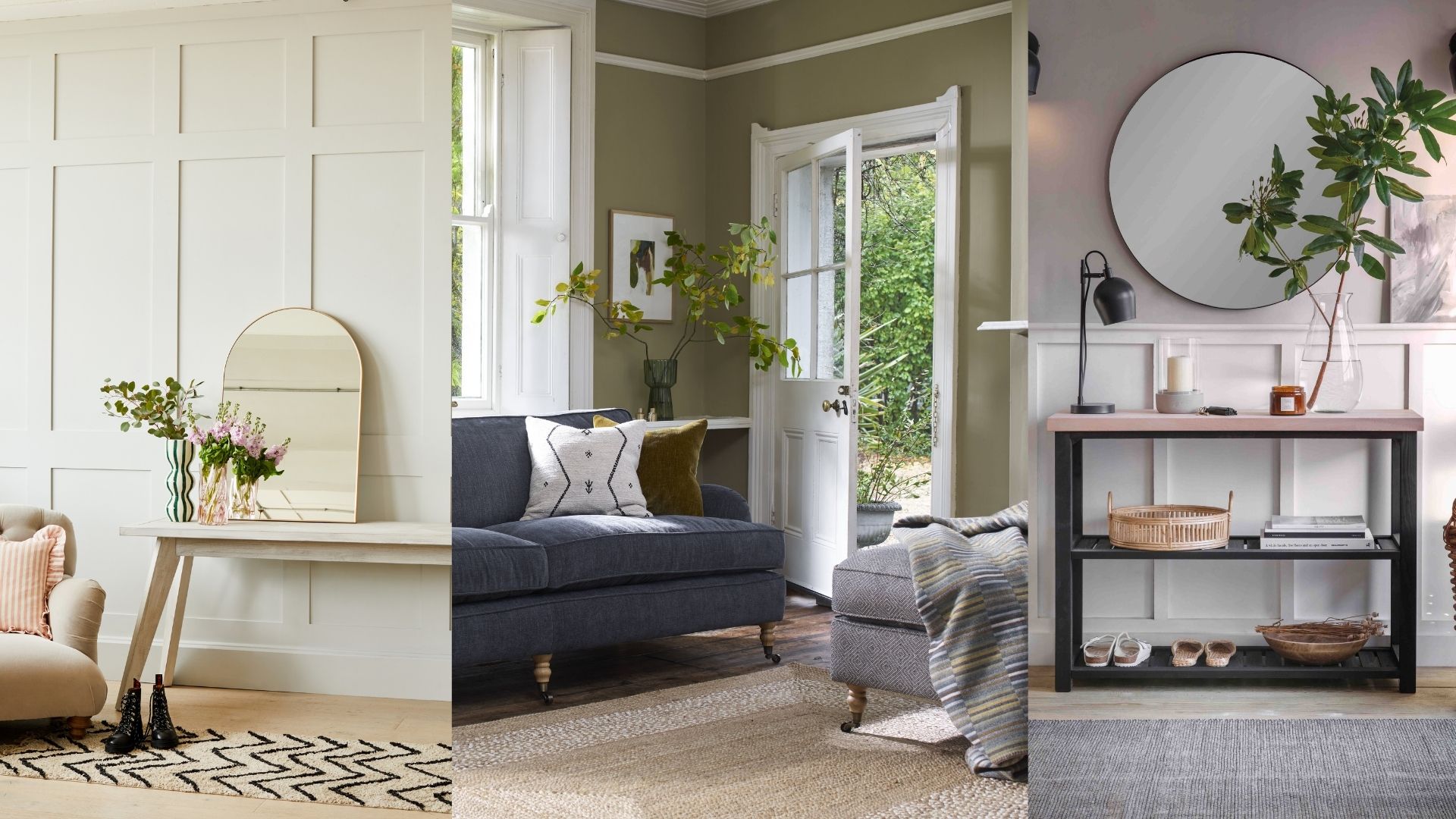

A front door that opens directly onto a living room is a common feature of many period homes, especially Victorian terraces, and while the back door is an option for day-to-day comings and goings, there's something more inviting about arriving at your front door.
Organising a small hallway is hard at the best of times, so what about when you don't even have a separate hallway? It can be a challenge to keep things neat and find space for shoes, coats, hats and bags. These spaces can also lack a sense of arrival, which is why it's a good idea to work out how to create an entryway in a living room.
Carving out an entryway makes for a welcoming first impression, as well as providing guests with a spot to hang their coats and take off their shoes – and it can be done without encroaching on your living space.
How to create an entryway in a living room
Luckily, let us reassure you that it doesn't have to involve any expensive remodelling. We have asked interior designers for their best 'no entryway' ideas to divide the space and help you keep your living room clutter-free when it's doubling up as your entrance.
1. Think about storage
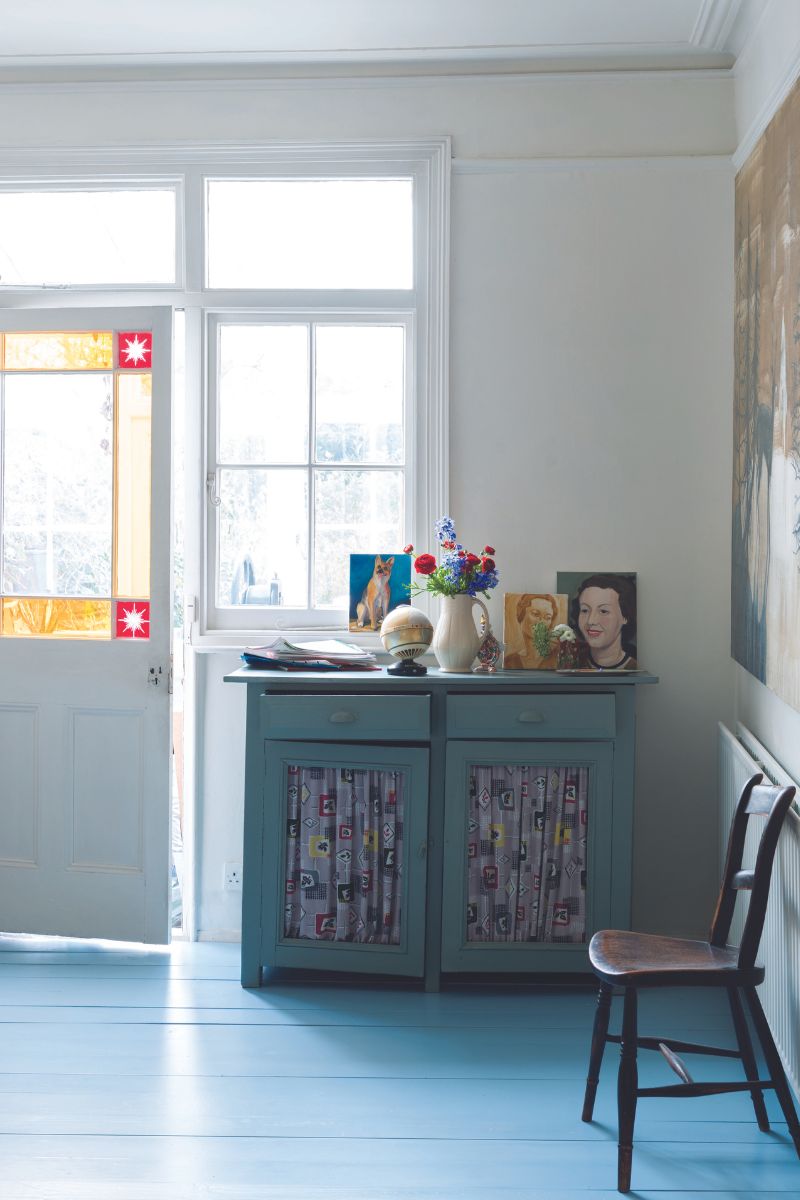
As a high-traffic area, an entrance needs to be highly practical, with space to set things down as we come through the door. "Where your front door opens straight into your living room, the first thing to think about is storage," agrees Ann Marie Cousins, founder of interior design company AMC Design, "and where you are going to put your coats, boots, dog leads and bags as you come home."
Ann recommends adding standard hallway items, such as a console table and some hooks so that there is an obvious space for items to go. "It's really important to keep these pieces slimline so that you don't block the entranceway and make the space feel narrow," she cautions.
A console table with drawers and a lower shelf will be most forgiving of day-to-day clutter. For more tips on keeping on top of clutter, you can head to our guide on home organising and decluttering.
Sign up for the woman&home newsletter
Sign up to our free daily email for the latest royal and entertainment news, interesting opinion, expert advice on styling and beauty trends, and no-nonsense guides to the health and wellness questions you want answered.
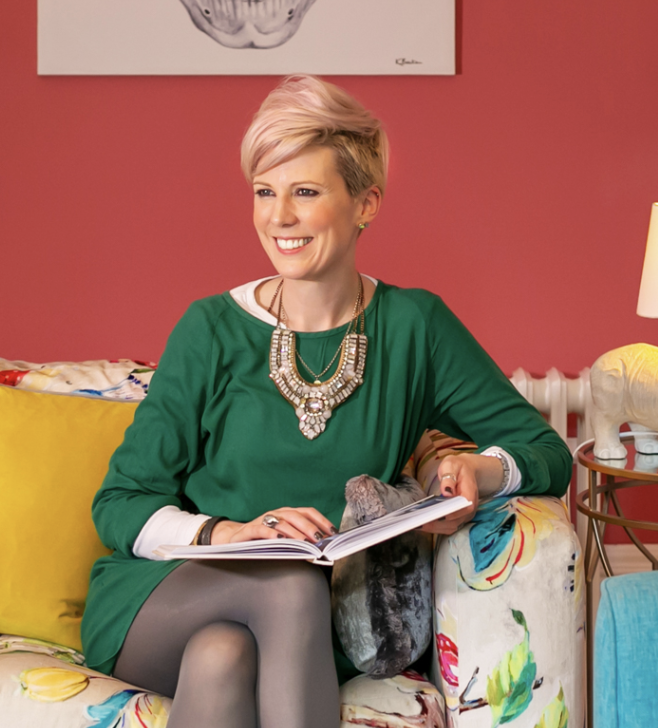
Ann Marie Cousins is an interior designer and founder of AMC Design, a design studio that brings a home to life by blending function and eye-catching design. AMC Design specialises in mixing colour, pattern and texture with effective and efficient use of space that transforms houses into homes that truly reflect the people living there.
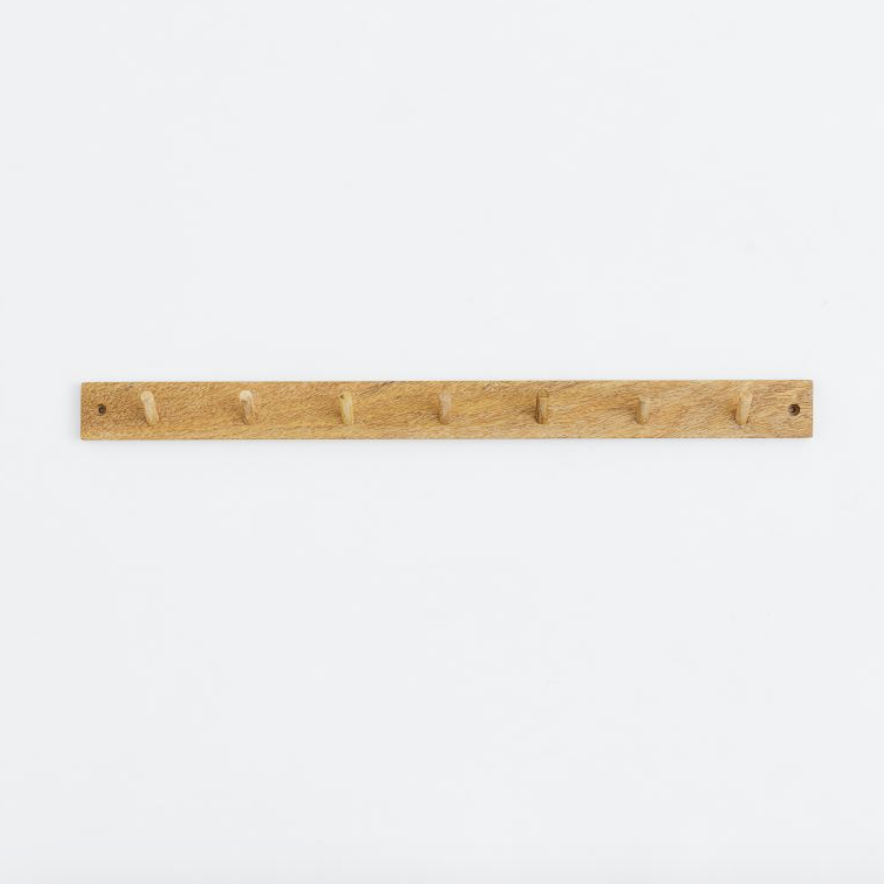
Create a hallway zone and practical spot for hanging coats and bags with a simple set of hooks, like this minimalistic option from H&M Home. Position far enough from the door to avoid congestion.
2. Create a clear pathway
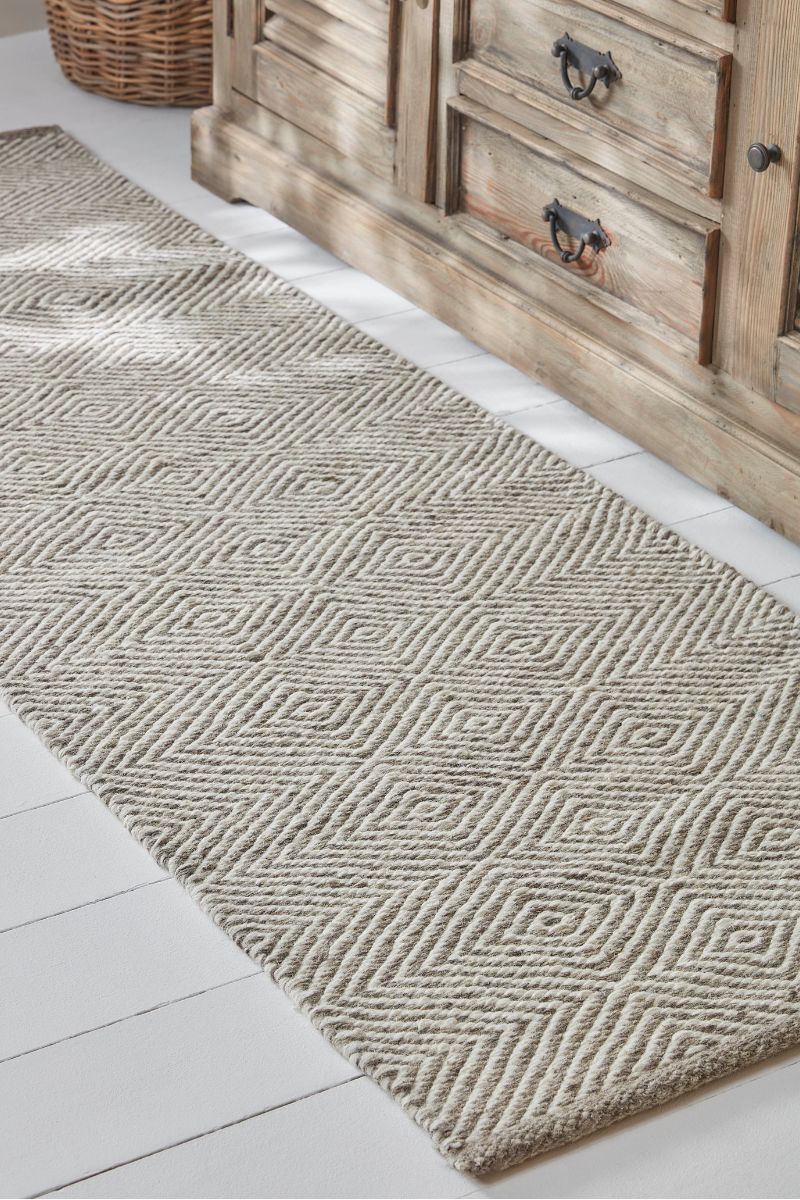
You can create the sense of an entryway by zoning the space and leading the eye through to the adjoining room. "When aiming to enhance an open entryway leading into your living room, focus on establishing a clear pathway," say interior designers Jen and Mar, co-founders of Interior Fox Design Studio.
"Throw down some beautiful runners and anchor the space with statement furniture pieces to guide the eye." A Persian rug hides dirt and feels fitting in an older building, making it a great way to transform a living room on a budget.
There are also plenty of washable options to match any colour scheme, such as this neutral runner by Jonathan Adler for Ruggable which has long stripes to direct the eye into the next room. Knowing how to clean a rug with ease ensures the entryway free of dirt.

Jen and Mar are the founders of interior design studio Interior Fox. Jen, a former New Yorker with Texas roots, has an eye for "Cali-cool" spaces, and draws design inspiration from her favourite cities: Amsterdam, Brooklyn and Miami. Mar grew up in the Philippines surrounded by interiors full of rattan, natural materials and organic textiles, which have shaped her design style today.
3. Rearrange your furniture
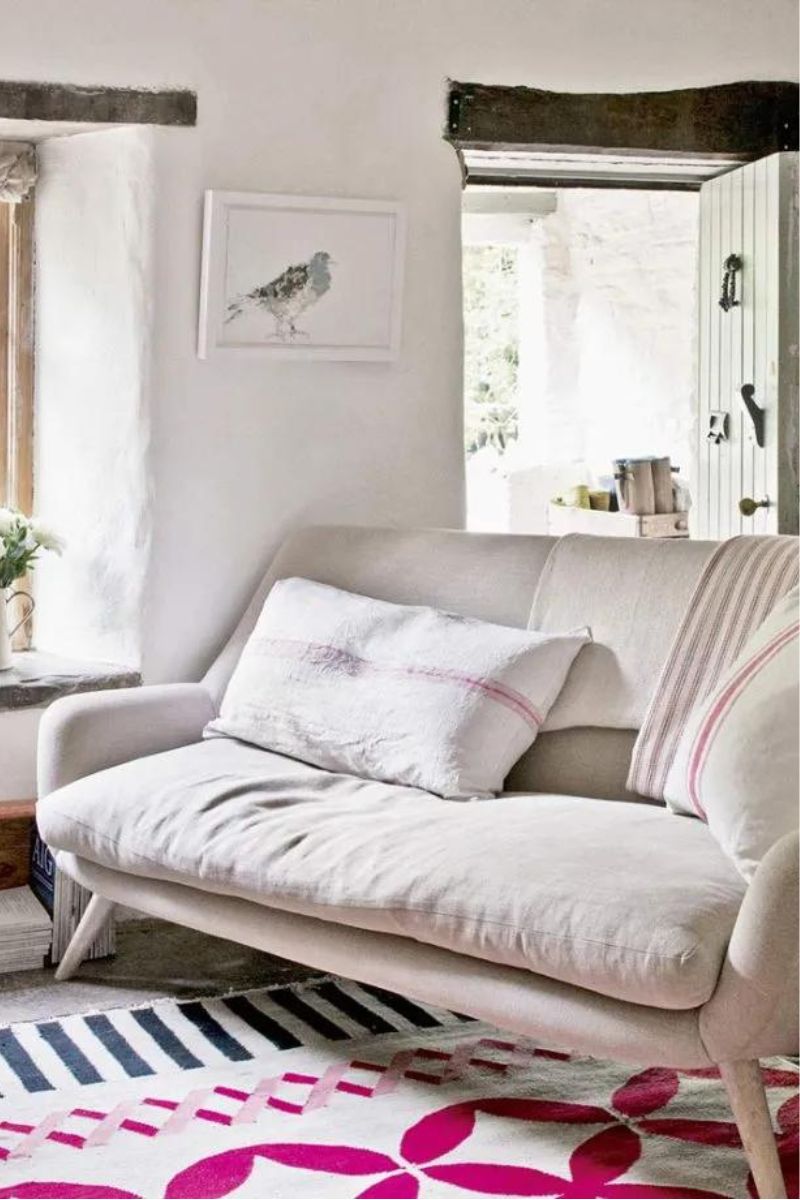
You might feel that the existing arrangement is the only one that works, but it's worth checking to see if you can make any changes to your existing living room layout. Not only can a furniture reshuffle help to separate the entry from the rest of the living area, but it could also make your small living room look bigger and more stylish.
"Move your furniture away from the walls such as your sofas, to create a space behind to walk through," suggests Sophie Clemson, director and co-founder of The Living House. "To give the look of an entryway and if you have enough space, you could place a runner and a console table on the wall behind."
You can also put up a slim shelf above a radiator to create a space to drop keys and mail without taking up much space. Hang a circular mirror above it to anchor the space and provide a spot for checking yourself as you head out the door.
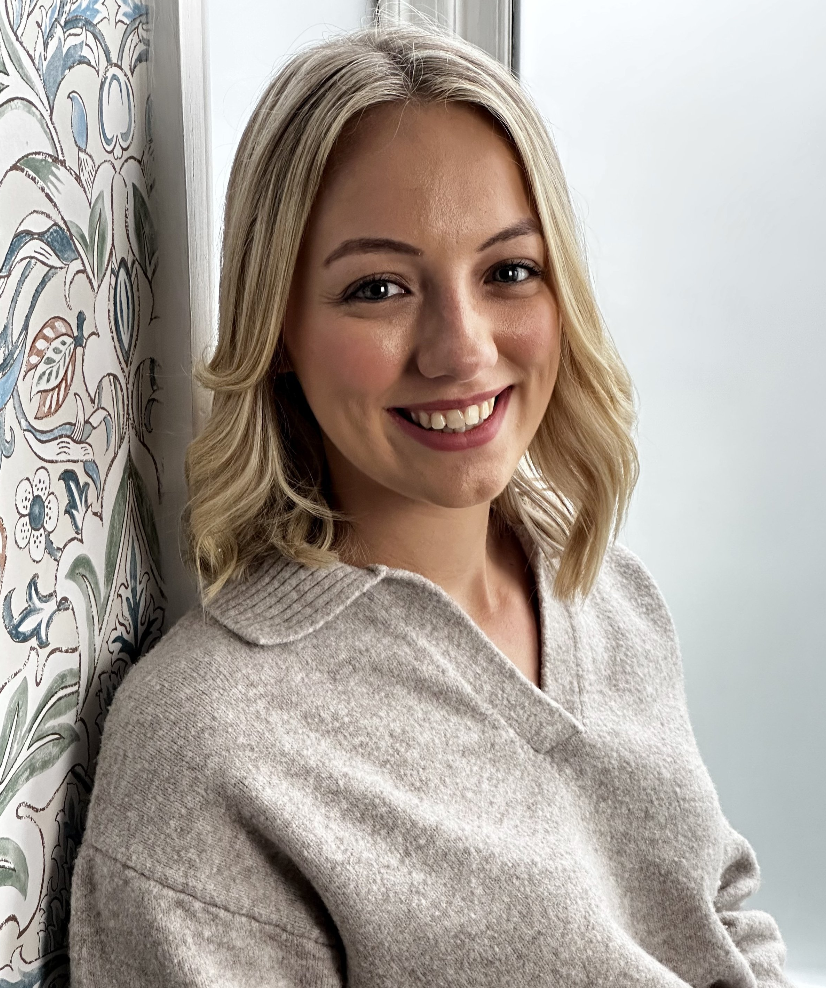
Sophie Clemson is the co-founder of The Living House, an affordable online interior design company that helps busy families transform their homes easily, online and within their budget.
4. Add something beautiful
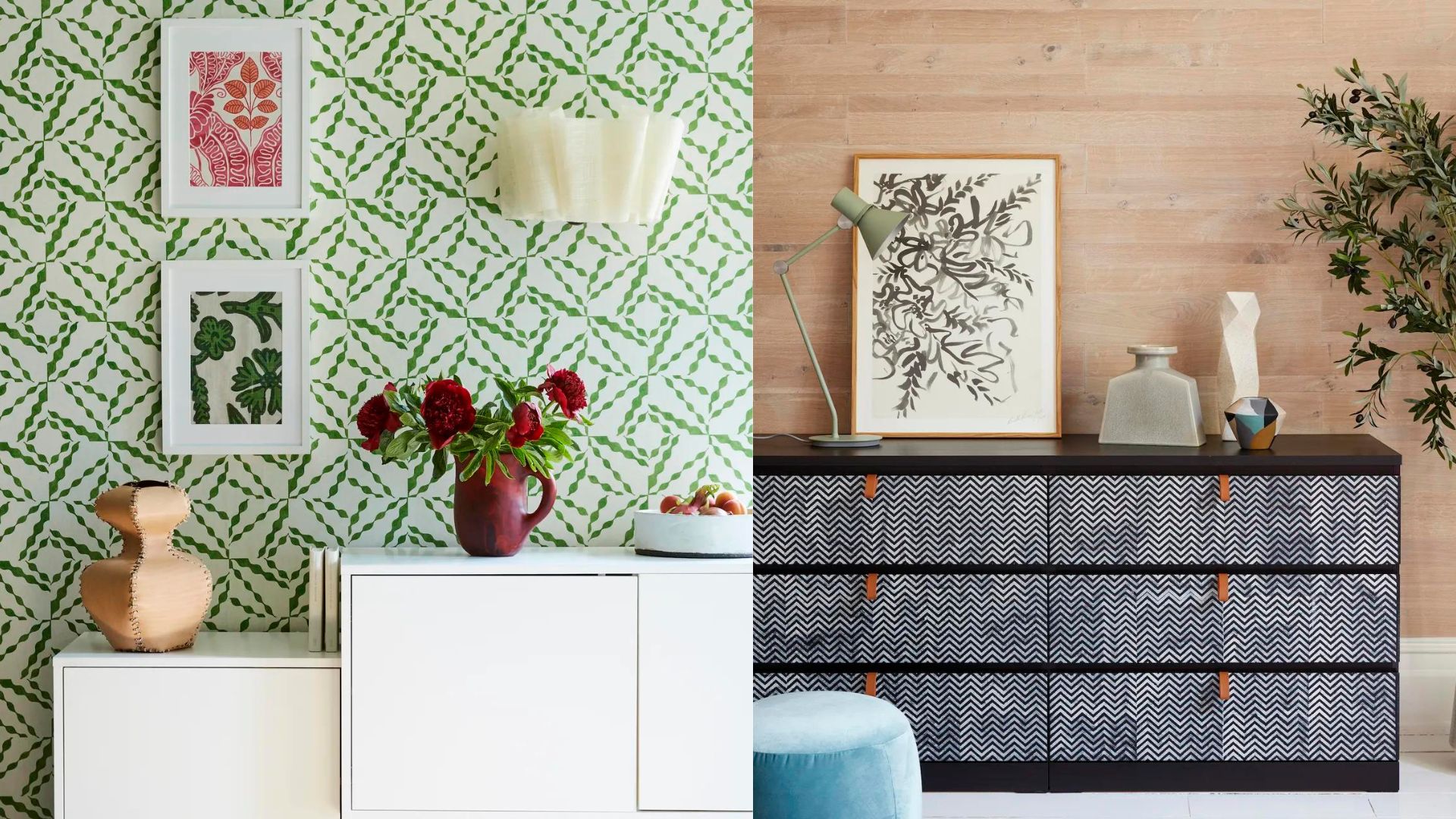
Interior designer Ann Marie Cousins says it's important to add something beautiful, which makes your heart sing as you come home. She explains how artwork can be used in the entryway as a jumping-off point for your hallway paint colour ideas, making the space feel more intentional.
"Add an oversized print or piece of art which picks up your favourite colours, which you can then repeat throughout the rest of the space, and pick up subtly on the rest of the ground floor.
"So, if you had a vibrant art print, you could have a lamp on a console table with a base in one of the of the colours in the piece of art, or a lampshade which picks up that colour. By punctuating a space in this way, you ensure a sense of occasion and a clear arrival point, even when you don't have a formal hallway."
5. Use a physical divider
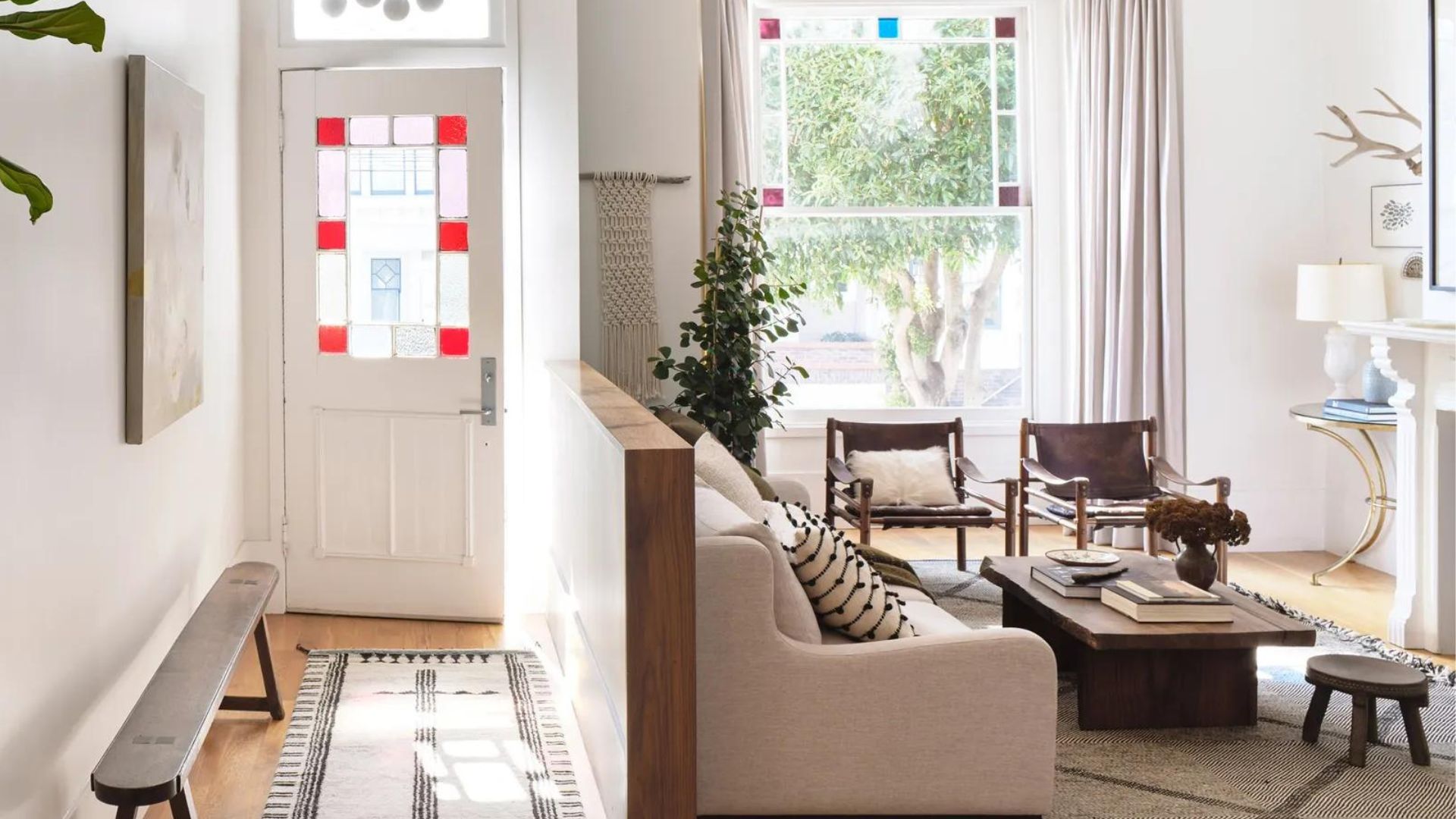
Last of all, you can use a physical divider, such as a half wall, to carve out an entryway. There are a few options, depending on the space you have available.
"To create the illusion of an entryway without major renovations, contemplate the use of room dividers or open bookcases to provide structure and subtly guide guests towards the main living area," say interior designers Jen and Mar. An Ikea Kallax shelving unit works well to copy any one of the many stunning IKEA Kallax hacks we've seen.
"Crittall screens would work great to create an entryway in your home," says interior designer Sophie Clemson. "They are a modern way to divide a room while still letting in the natural light throughout the space."
How do interior designers fake entryways?
Interior designer Sophie Clemson says the best way to fake an entryway and avoid making any costly structural changes and entering into pointless home improvements that do not add value is to use furniture to create an entryway "zone". For example, she suggests adding a console table styled with a mirror above. "Add an ornamental bowl for keys, a lamp and even some baskets underneath for your best slippers or shoes."

Millie Hurst is a freelance writer and interior designer based in Sheffield, helping clients create homes that are characterful, curated, and highly functional. Interior design inspirations include Jake Arnold, Beata Heuman and Abigail Ahern. Her personal style is a 'liveable maximalism' with boho, nature-inspired designs.
She has seven years of experience in the world of digital journalism, most recently working as Head of Solved at Homes & Gardens, where she wrote and edited countless features on home organisation, decluttering and interior design. Before that, she was Senior Content Editor at Ideal Home.
-
 Princess Beatrice just wore the maxi dress I've got my eye on for summer occasions - and she styled it with comfy Zara flats
Princess Beatrice just wore the maxi dress I've got my eye on for summer occasions - and she styled it with comfy Zara flatsShe took style tips from Kate Middleton, choosing chic French brand Sezane
By Caroline Parr Published
-
 Royal style made casual - Zara Tindall's one-shoulder dress, denim jacket and Aspinal bag are the epitome of chic summer comfort
Royal style made casual - Zara Tindall's one-shoulder dress, denim jacket and Aspinal bag are the epitome of chic summer comfortZara Tindall's outfit in Bahrain was a more relaxed take on her signature style and was made up of timeless staples.
By Emma Shacklock Published
